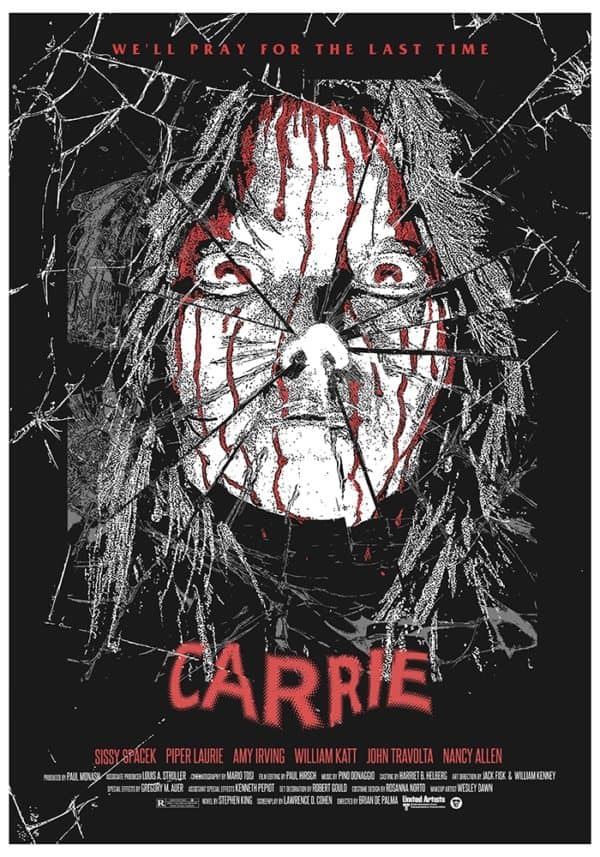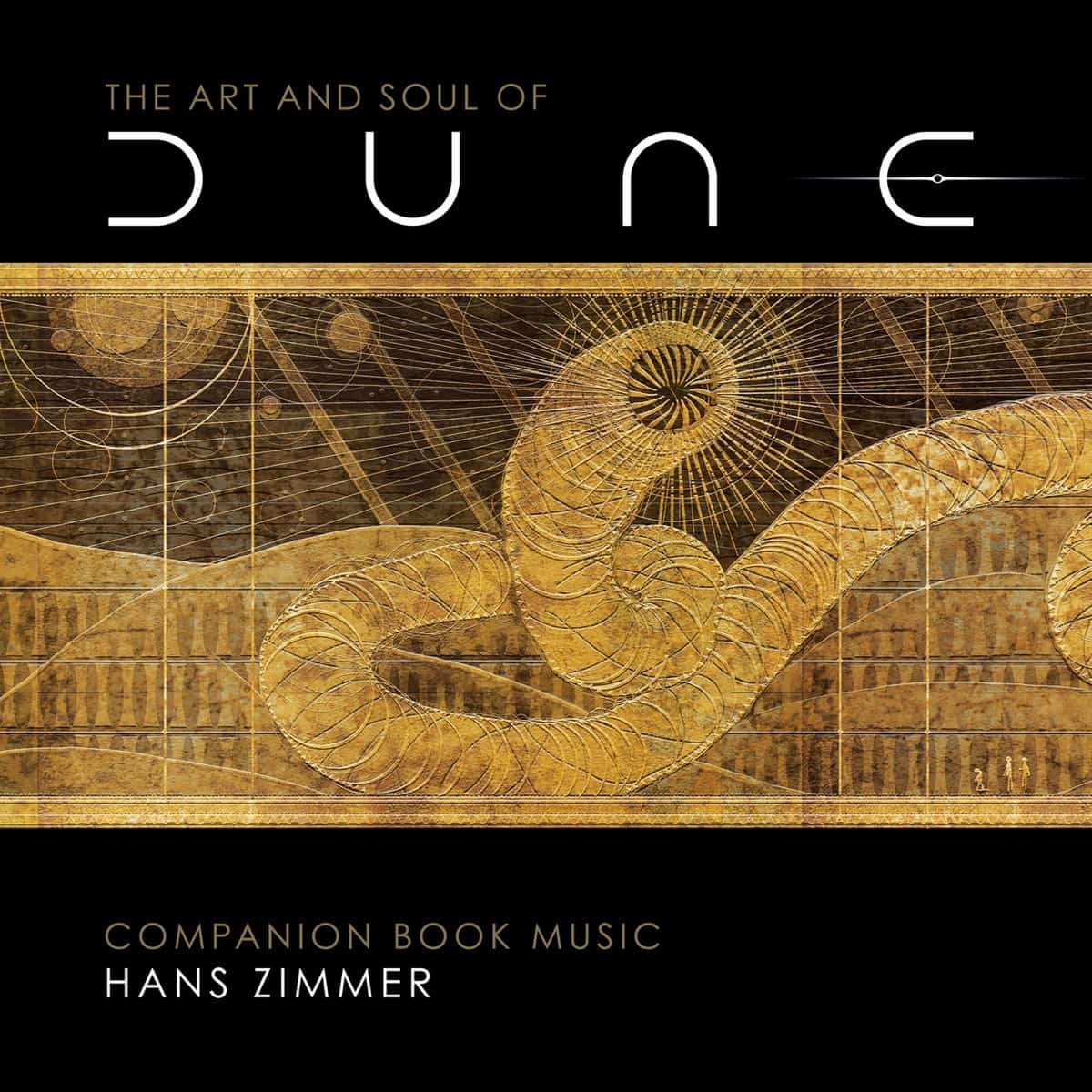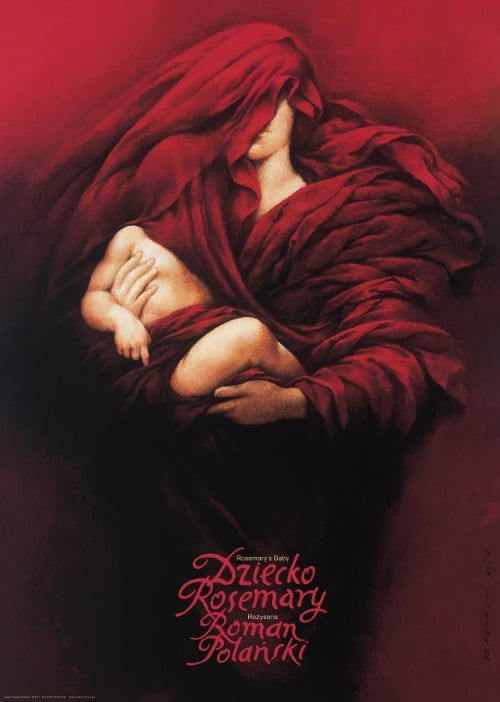
What creates a supervillain? Most commonly it’s something supernatural, otherworldly, or otherwise impossible to experience in our world. But Joker – and composer Hildur Guðnadóttir’s score – shows a different kind of origin, one in which the villain is molded by the rigorous burden of daily adversity.
Joker portrays a Gotham City unlike any other film, one reminiscent of 70s New York, under siege by a constant barrage of crime on all scales, inequality, and nonexistent support from government of any kind. It is a total decay into an all too real urban madness. Guðnadóttir’s score embodies this decay, the primordial soup from which the Joker comes.
The soup is an experiment in constant oppression. Droning cello, backed by subtle industrial drums, repeat in an endless loop. The repetition slowly weighs on the listener as madness encroaches bit by bit. It is a gradual erosion of sanity, like waves crashing against a cliff until nothing is left.
The score’s most effective moments are the climaxes of this creeping decay. The film’s main character, Arthur Fleck, is often the target of Gotham City’s viciousness. After most such encounters, the camera zooms in on Fleck; all other sounds give way to the main cello motif as Arthur contemplates the film’s past events. The cello wails; Arthur descends ever further toward the Joker.



